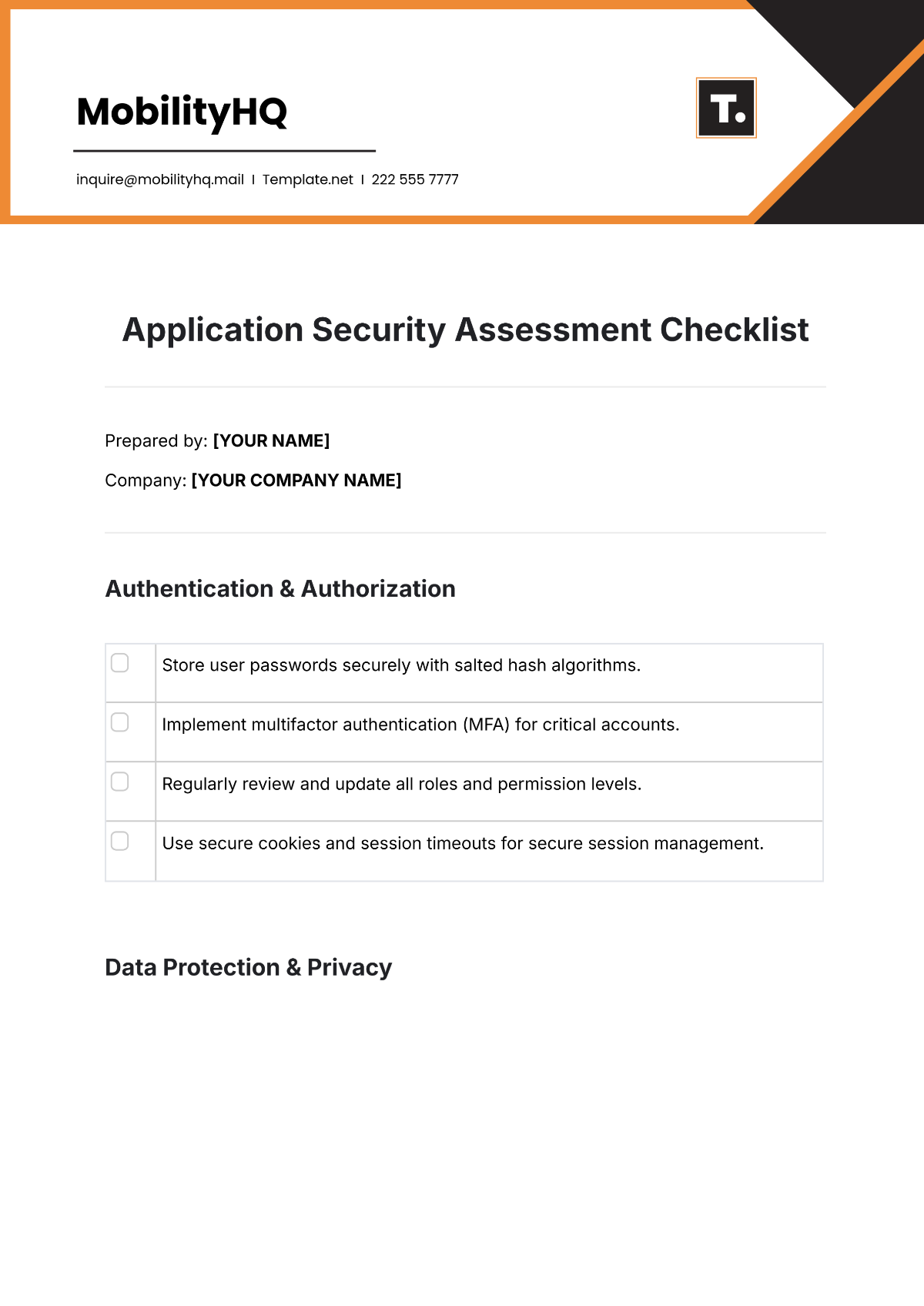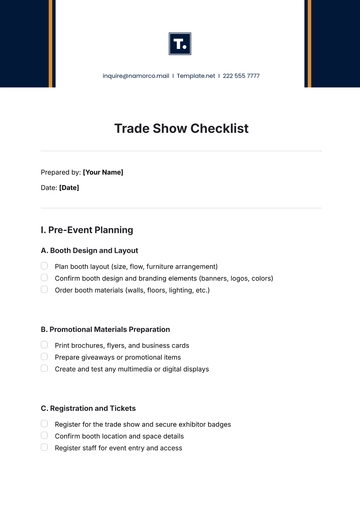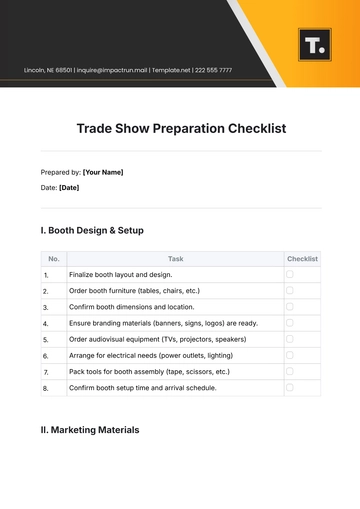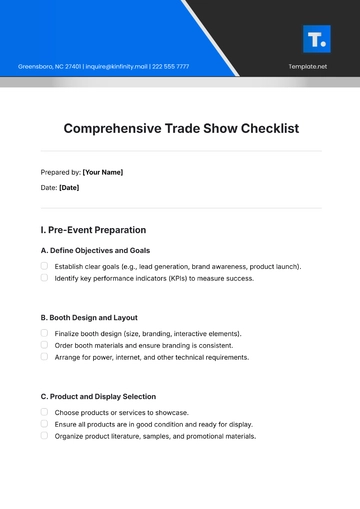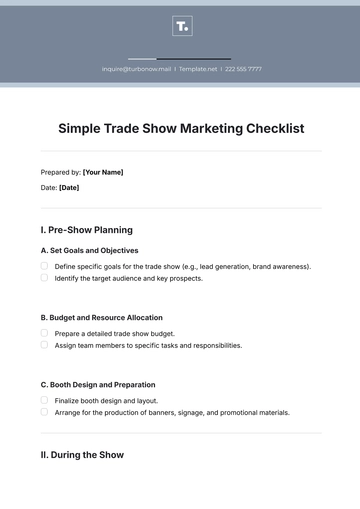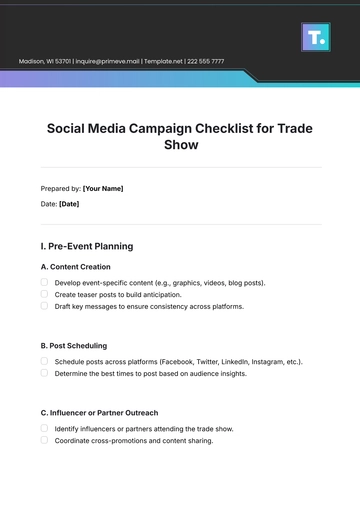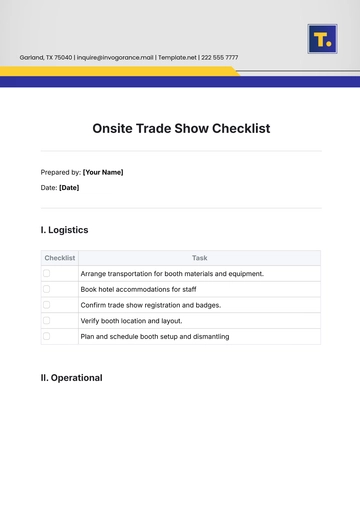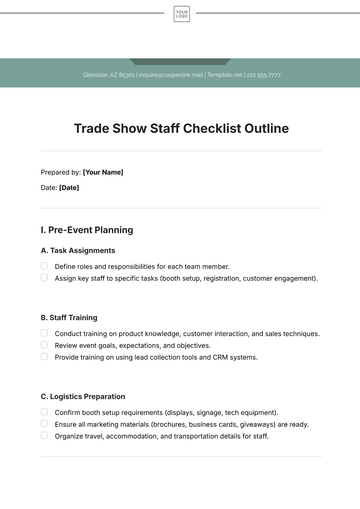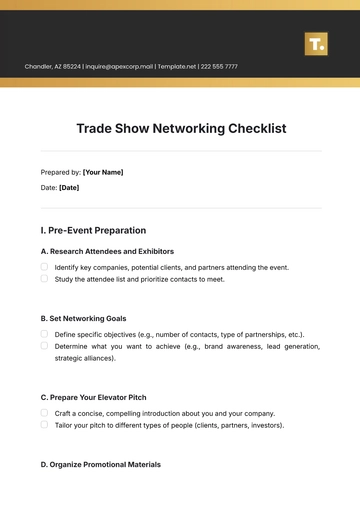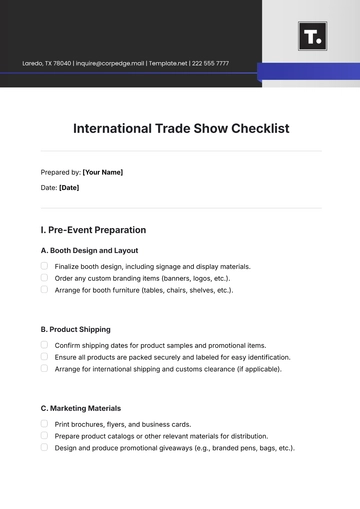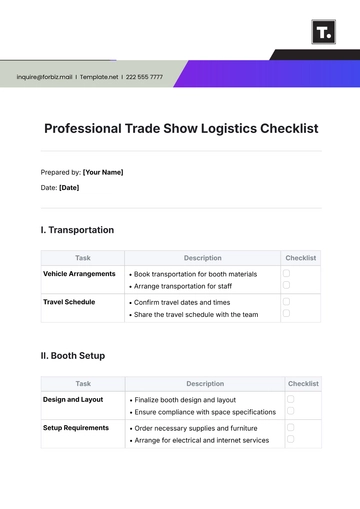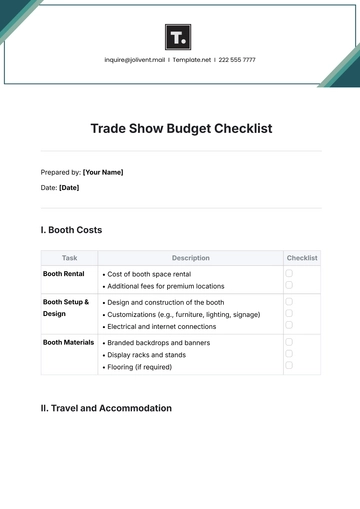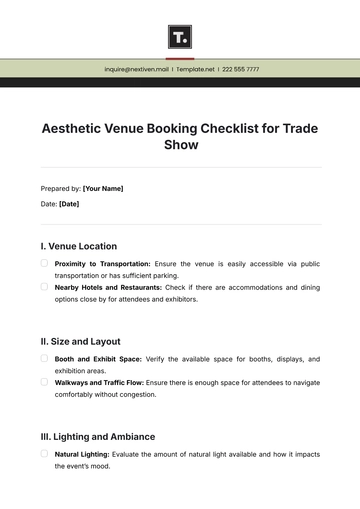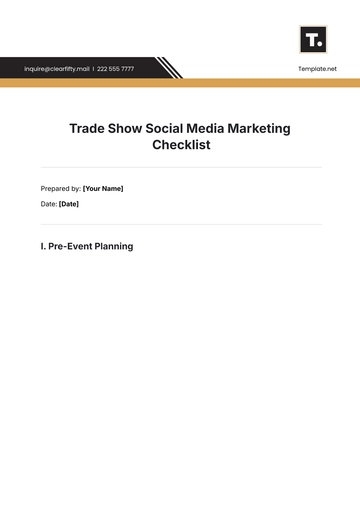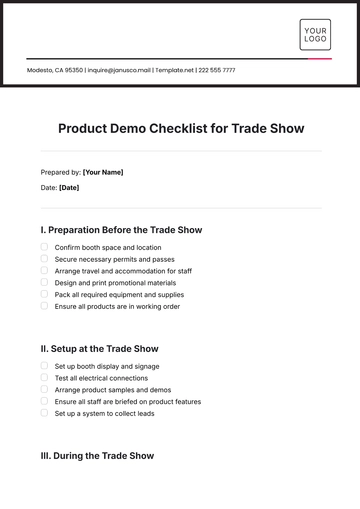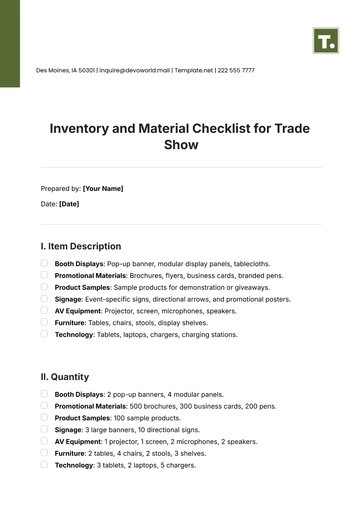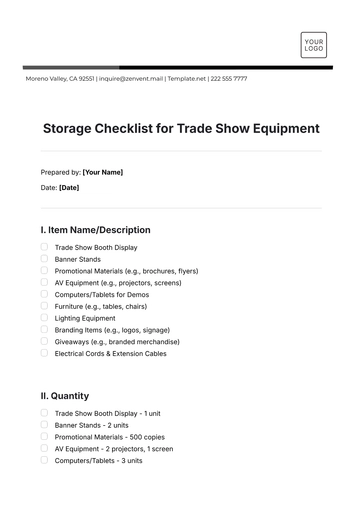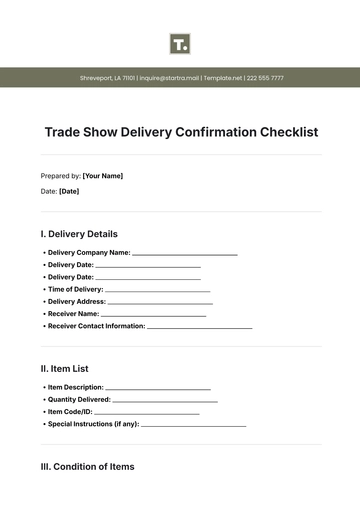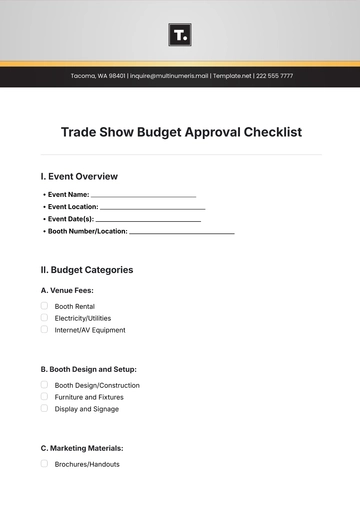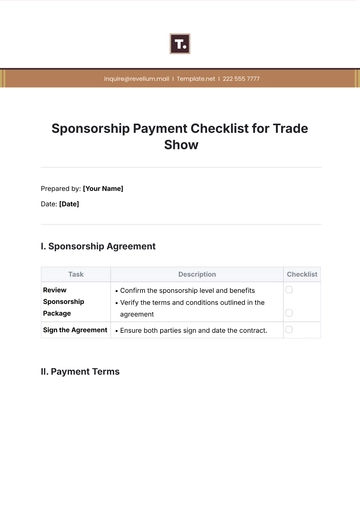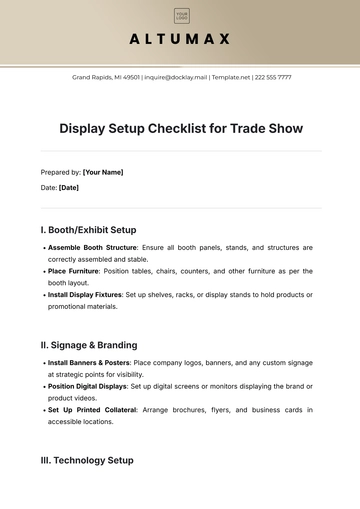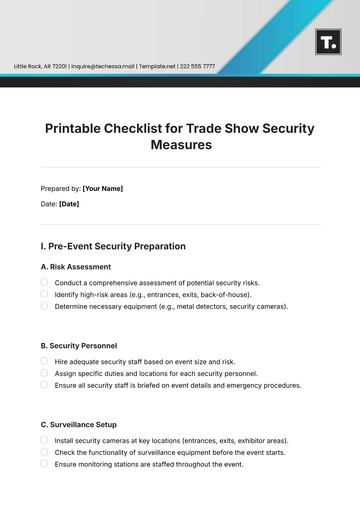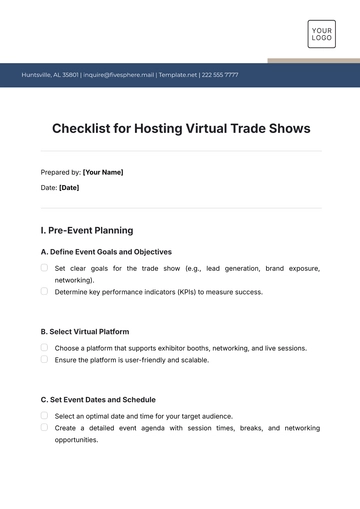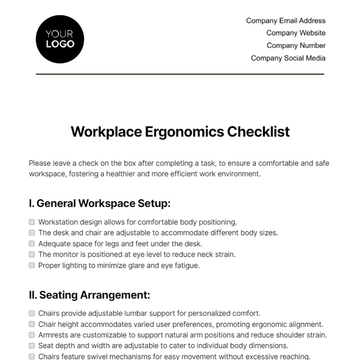Application Security Assessment Checklist
Prepared by: [YOUR NAME]
Company: [YOUR COMPANY NAME]
Authentication & Authorization
| Store user passwords securely with salted hash algorithms. |
| Implement multifactor authentication (MFA) for critical accounts. |
| Regularly review and update all roles and permission levels. |
| Use secure cookies and session timeouts for secure session management. |
Data Protection & Privacy
| Ensure encryption is used for sensitive data in transit and at rest. |
| Conduct regular audits of data access and sharing practices. |
| Implement data anonymization techniques where applicable. |
| Verify compliance with data protection regulations (e.g., GDPR, CCPA). |
Input Validation & Error Handling
| Implement comprehensive input validation to protect against injections. |
| Test for SQL, XSS, and other injection vulnerabilities. |
| Ensure error messages do not reveal sensitive information. |
| Establish logging and monitoring for all critical application errors. |
Network & API Security
| Enforce API authentication and authorization mechanisms. |
| Implement IP whitelisting and rate limiting for APIs. |
| Conduct security tests for API data exposures and integrity. |
| Ensure secure configurations for network firewalls and routers. |
Checklist Templates @ Template.net
